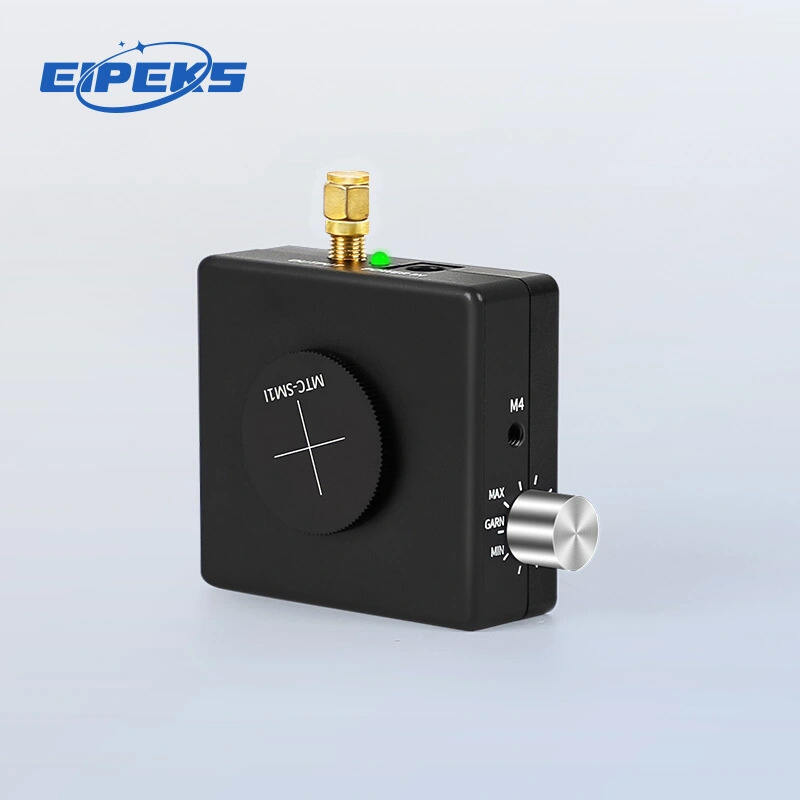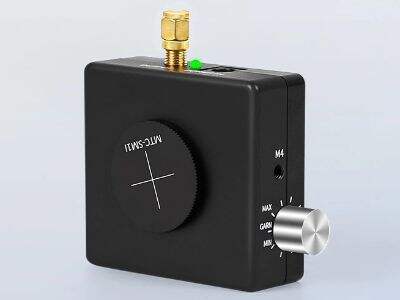What is an Avalanche Photodetector
An avalanche photodetector is sort of light sensor that produces use for the process of avalanche multiplication to create a big quantity of fees in relation to is revealed to light. These charges are then measured and accustomed identify the intensity and presence of light. Anhui Giant Optoelectronics Avalanche photodetectors is used in optical communications, scientific studies, and commercial applications.
The Working Principle of Avalanche Photodetectors
The avalanche photodetector perform by using a semiconductor material, such as silicon or indium gallium arsenide (InGaAs), which is doped with impurities to produce a p-n junction. Once light is consumed by the material, it makes an electron-hole pair, then accelerated by an electric business. Because these costs collide along with other dopant atoms, they create extra fee carriers, ensuing when you look at the string reaction of cost multiplication known as avalanche multiplication.
InGaAs Avalanche Photodetectors vs. Si Avalanche Photodetectors
InGaAs avalanche photodetectors have several advantages over Si avalanche photodetectors. First, InGaAs detectors have wider spectral number the near-infrared area much as 2.6 microns, while Si detectors is brief to your visible and near-infrared regions as much as 1.1 microns. This makes InGaAs detectors more desirable for applications such as telecommunications, remote sensing, and biomedical imaging.
An additional good thing about InGaAs detectors is their greater responsivity, which means that they could identify lower levels of light. InGaAs detectors have lower noise levels, which leads to better ratios which are signal-to-noise. However, Si avalanche photo diodes have the main benefit of being cheaper and most often available.

Applications of Avalanche Photodetectors
Avalanche photodetectors discover applications in many different industries such as telecommunications, scientific analysis, safety and security, ecological monitoring and industrial manufacturing. In neuro-scientific telecommunications, single photon avalanche diode can be used to have signals in fiber-optic interaction techniques. In scientific research, these are used in spectroscopy, fluorescence microscopy, and breakdown laser-induced spectroscopy.
Avalanche photodetectors are used in lidar systems for obstacle detection, surveillance digital cameras, and smoke detectors in protection and safety. They are found in ecological monitoring for detecting pollutants and in industrial manufacturing for accuracy sensing and quality control.
How to Use, Quality, Innovation and Service?
Once making avalanche photodetectors, it is crucial which you handle these with care and maintain them properly to make sure precision and reliability. Regular testing and calibration are vital to manage quality and accuracy.
Innovation is an important aspect of avalanche photodetectors, and continuing improvements being designed to improve sensitiveness, reduce noise, and spectral number which is broaden. Service is a crucial aspect of avalanche photodetectors. Reliable customer care and ensure technical assistance smooth and trouble-free operation connected with products.

 EN
EN
 AR
AR
 BG
BG
 HR
HR
 CS
CS
 DA
DA
 NL
NL
 FI
FI
 FR
FR
 DE
DE
 EL
EL
 HI
HI
 IT
IT
 JA
JA
 KO
KO
 NO
NO
 PL
PL
 PT
PT
 RO
RO
 RU
RU
 ES
ES
 SV
SV
 TL
TL
 ID
ID
 LV
LV
 LT
LT
 SR
SR
 SK
SK
 SL
SL
 UK
UK
 VI
VI
 TH
TH
 TR
TR
 FA
FA
 MS
MS
 BE
BE
 LA
LA
 UZ
UZ



